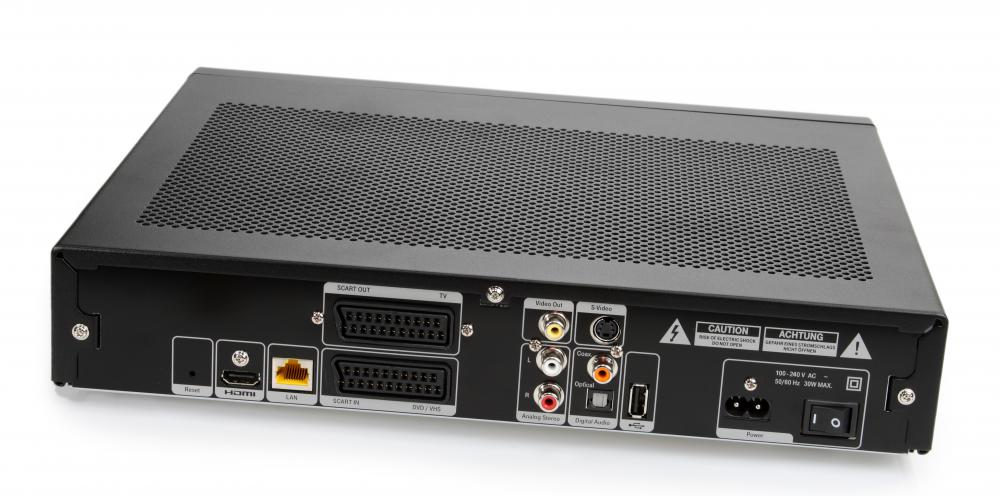At WiseGEEK, we're committed to delivering accurate, trustworthy information. Our expert-authored content is rigorously fact-checked and sourced from credible authorities. Discover how we uphold the highest standards in providing you with reliable knowledge.
What Is a Digital Signal Processor?
A digital signal processor is a special computer program that uses digital computations and possibly one or more analog inputs to generate required analog outputs. For instance, a voice changer may accept ordinary voice from a microphone. This ordinary voice becomes a stream of digital bytes or words that can be modified digitally to produce a “different” voice.
This microprocessor is one reason why cellular phones and other electronic gadgets are so reliable and produce crystal-clear audio. It is also found in the sound cards of personal computers (PCs) and laptops. Digital signal processor development promises new products that will change the way people live. Technology, such as voice recognition and biometric recognition, is made possible due to digital signal processing systems.

Due to the superiority of the digital signal processor and the decreasing cost of digital hardware, digital signal processing has become a powerful technology to create better products for entertainment and communications. The digital television (TV) signal that reaches homes is exhibiting new capability for bidirectional digital signaling where home viewers may actually interact with the TV broadcasting facility in various ways. One of these is video-on-demand and pay-per-view.
An analog-digital (A/D) converter is a device that is built inside the digital signal processor. The A/D converter converts analog to digital, and the digital-analog (D/A) converter converts digital to analog. For example, the output of an A/D converter can be stored as a binary file in a PC or laptop.
The digital signal processor has a digital-processing unit that can receive machine instructions that belong to the operation-code-plus-argument format of that computer program. For instance, a numeric code such as 9E can produce machine sequence that transfers the content of an 8-bit register into a digital port cascading into a digital-to-analog converter. The digital processing unit can perform almost any type of digital computation.
There are many interesting applications for the digital signal processor. In noise reduction, the goal can be to eliminate audible noise that is regularly repeating or periodic in nature, such as engine or motor noise. A digital signal processor may detect the noise, which it converts into digital. Given the digital data and the predicted time delays involved, the digital signal processor generates an “out-of-phase” noise canceller as digital words that will be fed into the built-in D/A converter to drive an analog noise-canceling loudspeaker. The resulting noise level is decreased significantly because this computer program also monitors the resulting noise level and makes digital adjustments to compensate toward minimal noise.
AS FEATURED ON:
AS FEATURED ON:











Discuss this Article
Post your comments